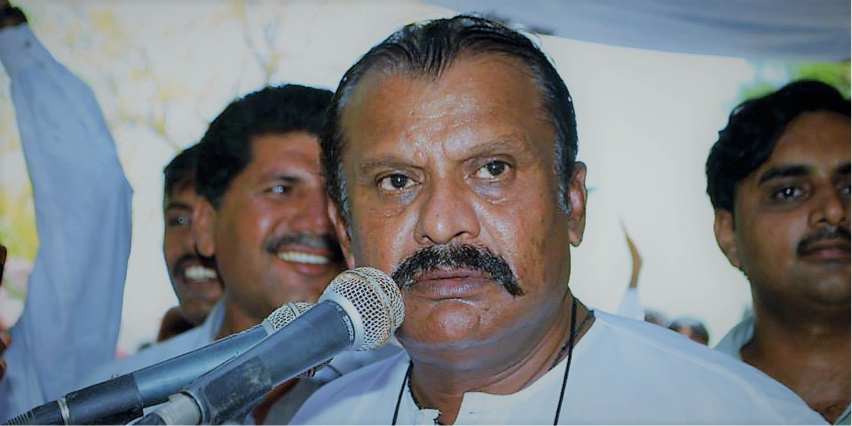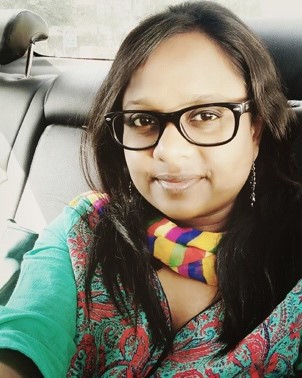Kuffir
The sweat that silently drops
From the furrows of my forehead
Becomes ears of rice
That bow and salaam me with humility
But!
He, still adjusting his janeu, is edging,
Towards the borders of the hill,
Away from me…
~ J. Gautam, Telugu writer, in his poem ‘naaku duurangaa..’*.
~
You think they finally understand hunger, but look closely: they are still edging away from you.
Hunger is caste-less.
They have peeled the problem of hunger like a potato and thrown away the problematic fleshy core. What they triumphantly wave at you now is its skin, its outer cover. They have stripped starvation clean of all its politics, shoved under the carpet all the larger, more crucial questions – about exploitation, inequality, landlessness, widespread rural distress, joblessness and the graded inequality in the distribution of all public services – and come up with the ‘secular’ magic wand of ‘food security’ to suppress all the answers anchored in caste.
The journalist Sainath typifies the straitened thinking of those who have been monopolizing the ‘national’ discourse on food security. Discussing food security, he says (in this article: Food security — of APL, BPL & IPL):
The only PDS that will work is a universal one. It is only in those States that have the closest thing to a universal system — Kerala and Tamil Nadu — where the PDS has functioned best.
Food security is a goal. A universal PDS is an approach. Please note: an approach. Calling it the only approach that will work is like saying power flows only through the barrel of a gun. That reflects an autocratic vision, the approach of those who have always wielded power and guns through history. The approach of those who always knew better, as compared with the mass of lesser humanity who could only wield labour and sweat.
No wonder you will find very few Dalitbahujans in the food security industry. Among the advocates of food security in the NAC, its evangelists in civil society and the media: how many people are from the sections which actually produce food?
You cannot legislate away hunger, just as you couldn’t legislate away untouchability. The costs aren’t the issue. The government says it would cost something like Rs. 1, 25,000 crores initially. If the bill improves even by 5% the access of the labouring masses to food, it would be more than acceptable. Even if another Rs. 100,000 crores are added to its budget, cutting down the bloated defense budget by half, it would be very acceptable.
But will it? Have the food security campaigners paid adequate attention to all the issues behind hunger? Look at the glib solution of a universal PDS they throw around – but have they actually probed what factors enhance or hamper food security?
M. S. Swaminathan, who does not like answers anchored in caste either, had prepared the ‘Report on the State of Food Insecurity in Rural India‘ along with the United Nations World Food Programme (WFP) in 2008. Based on that, let’s ask a few questions on what works for food security.
Q. Does universalizing the PDS decrease food insecurity?
A. The PDS in Punjab is barely patronized and yet the ‘level of food insecurity’ is the same as in Kerala, which has a universal system.
Q. Is it the level of foodgrain production which determines the level of food insecurity?
A. Punjab produces at least 8 times more wheat and rice than what its 2.4 crore population (2001) needs, but Kerala produces only 30% as much rice as it needs. But both states suffer from the same levels of food insecurity.
On the other hand, Andhra Pradesh also produces surpluses every year, but Kerala is more food secure.
Q. Is it the amount of subsidy per unit (of rations) that helps?
A. Tamil Nadu and some other states are supplying rice at Rs.1 to the poor, whereas Kerala doesn’t have any such schemes. The level of food insecurity in Tamil Nadu is higher than in Kerala.
Q. Does per capita income determine the levels of food insecurity in different states?
A. Maharashtra has a better per capita income than Tamil Nadu but its ‘level of food insecurity’ is higher. Rajasthan has a lower per capita income but is more food secure than both Maharashtra and Gujarat. Maharashtra and Gujarat have better per capita incomes than Kerala which of course has a lower level of food insecurity. Haryana produces more food per capita, and has better incomes per capita than Maharashtra, Tamil Nadu, Gujarat and Kerala but suffers from higher levels of food insecurity than all of them.
Q. Does a higher proportion of farmers in the population ensure greater food security?
A. Andhra Pradesh has more farmers for every 100 people than Tamil Nadu, but Tamil Nadu is more food secure. Uttar Pradesh has more people engaged in agriculture than Andhra Pradesh, but is more food secure than the latter.
Q. Do the much touted delivery models like the Chhattisgarh PDS ensure better food security?
A Chhattisgarh is less food secure than most of its neighbouring states – Andhra Pradesh, Odisha, Madhya Pradesh and Maharashtra. Its level of food security is the same as Jharkhand’s which hasn’t been praised by Jean Dreze as yet.
Q. Maybe it is the Maoist problem.
A. Odisha, Bihar, West Bengal, Maharashtra, Andhra Pradesh – all face the Maoist ‘problem’ to a greater or lesser degree, but they are all more food secure than Chhattisgarh.
Q. Insurgency, militancy etc is not a problem?
A. Assam has a big militancy ‘problem’, but it is more food secure than Odisha, Bihar, West Bengal, Maharashtra and Andhra Pradesh.
If all those caste-less questions don’t seem to provide any easy solutions, maybe some impertinent, irrelevant questions can’t really derail the search for answers, can they?
Q. So what helps food security?
A. Hard to say, unless you’re Jean Dreze or Aruna Roy etc. You could even say, fewer Hindus in the state’s population would help, and you would be right. Punjab, Jammu & Kashmir and Kerala, which have large non-Hindu populations, have the best levels of food security. The absence of Hindus, or fewer Hindus, helps those states create more egalitarian social environments, perhaps?
Q. And?
A. Fewer castes would also help, that improves social cohesion, maybe. Andhra Pradesh, Karnataka and Maharashtra etc have larger number of castes than Punjab, Kerala or Jammu & Kashmir.
Q. Tamil Nadu also has a large number of castes but it’s better than A.P., Karnataka in food security. Why?
..And so on.
Please look at what Sainath says again: the only PDS that will work is a universal one. A writer who advocates ‘the only’ approaches is the closest thing to a suicide bomber in the intellectual world, perhaps. Or the George Bush of the world of media: you’re either with him, or against him. Or, you’re either okay with his approach, or against food security.
Expressed in that peremptory fashion, food security suddenly begins to sound like national security, as visualized by the sangh parivar. A goal for those who nurse rabid nationalist ideals: those who subscribe to a certain set of cultural values and for whom the promotion of those values means a great deal. A great deal more than the issue of hunger itself. But it means nothing to an individual whose family is hungry. Why should his need serve someone else’s goal?
Food security depends on many factors, you cannot even be sure food security is the only approach to solving hunger, because the issue is hunger and starvation, and not a food security legislation brought into assuage the rulers’ caste-less guilt. Not to those who are hungry.
~~~
*You can read the full translation of the poem here, on The Shared Mirror.









